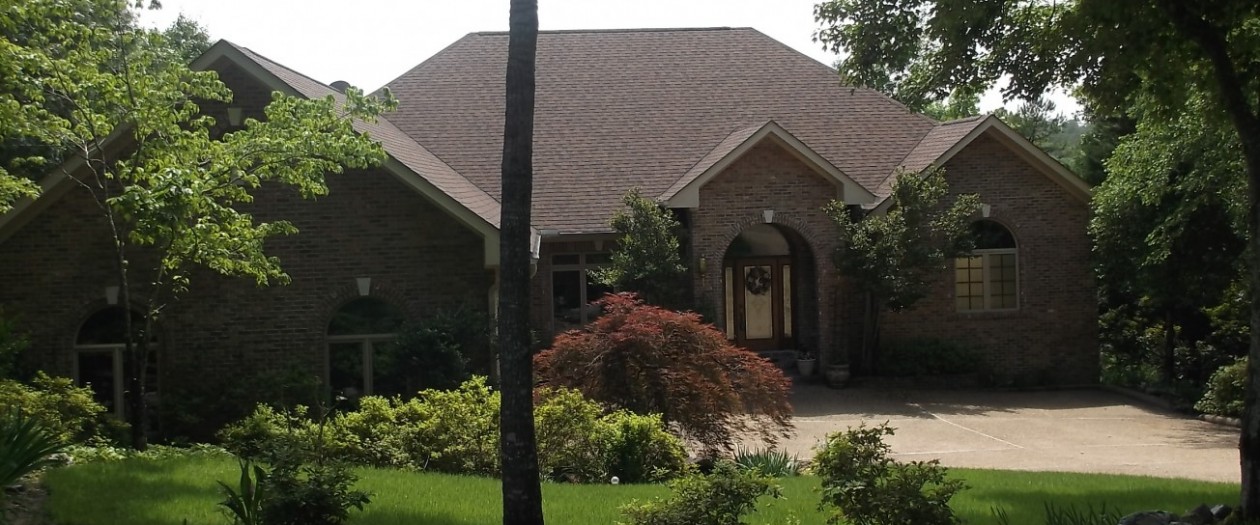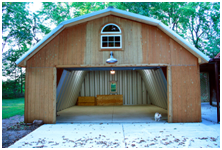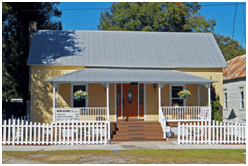What happens in a scenario where the buyer decides to have an appraisal performed after the home is already under contract? What are the possible outcome if an appraisal comes in above the contract price or below it?
If the Appraisal is above the contract price: 
If the appraisal comes out higher than the contract price, it may be seen as a positive outcome for the buyer. It means that the property is valued higher than what they agreed to pay, potentially indicating that they got a good deal.
However, since the buyer has already agreed to purchase the property for $320,000, they are typically obligated to honor the contract. The buyer may still proceed with the purchase at the agreed-upon price or renegotiate with the seller based on the new appraisal value. Renegotiation could involve trying to lower the price or requesting additional concessions from the seller.
Appraisal below the contract price
If the appraisal comes out lower than the contract price, it can create some challenges for the buyer. The lender (if involved) might only be willing to provide a loan based on the appraised value rather than the contract price.
In this case, the buyer may face several options: a) Proceed with the purchase as planned, covering the difference between the appraised value and the contract price with additional cash from their own funds. b) Renegotiate with the seller to lower the purchase price based on the appraised value. This renegotiation is typically subject to the willingness of the seller to adjust the price. c) Terminate the contract if there are contingencies in place that allow for this, such as an appraisal contingency.
The buyer may be entitled to have their earnest money deposit refunded if they decide not to proceed with the purchase due to the low appraisal.
 It’s important to note that the specific consequences and available options may vary depending on the terms outlined in the purchase agreement, any contingencies present, local real estate laws, and the willingness of both parties to negotiate or modify the contract. Consulting with a real estate professional or an attorney would be advisable in such situations to fully understand the implications and potential outcomes.
It’s important to note that the specific consequences and available options may vary depending on the terms outlined in the purchase agreement, any contingencies present, local real estate laws, and the willingness of both parties to negotiate or modify the contract. Consulting with a real estate professional or an attorney would be advisable in such situations to fully understand the implications and potential outcomes.
Before you make a home purchase
It important do research about your neighborhood. Try to find similar homes in the same price range so you can see how your house compares in quality and size etc. And even if there is no mortgage involved, it is always prudent to have an appraisal on a property you are interested in before you enter into a legal agreement. Purchase agreements should always have a contingency in the event the property appraisal comes in below or above your offering price. An appraisal could save you the loss earnest or deposit money, paying too much or even a possible breach of contract.







